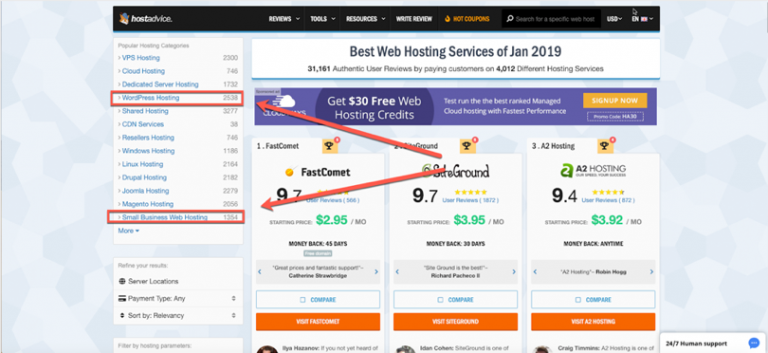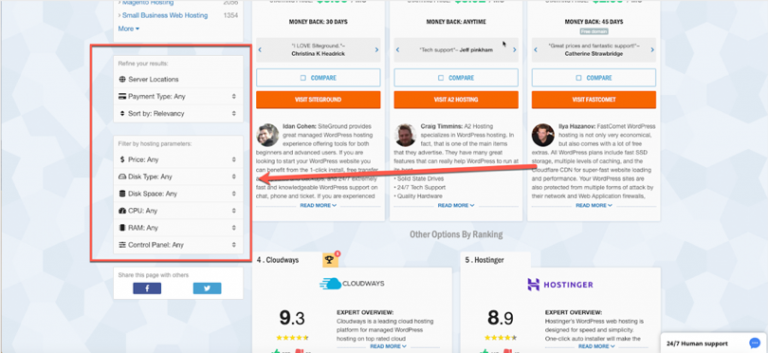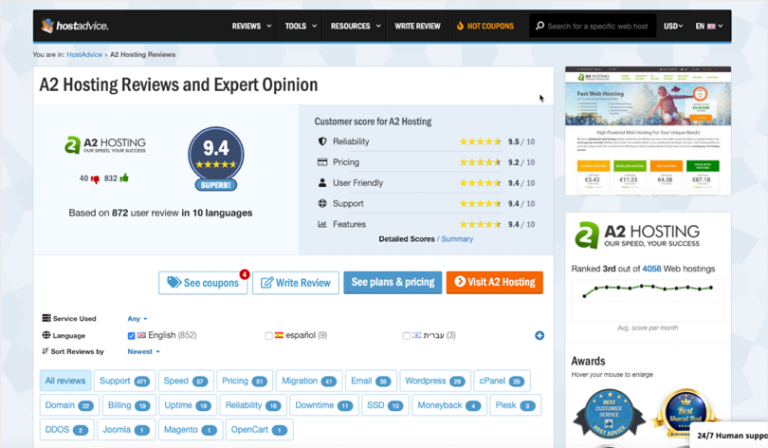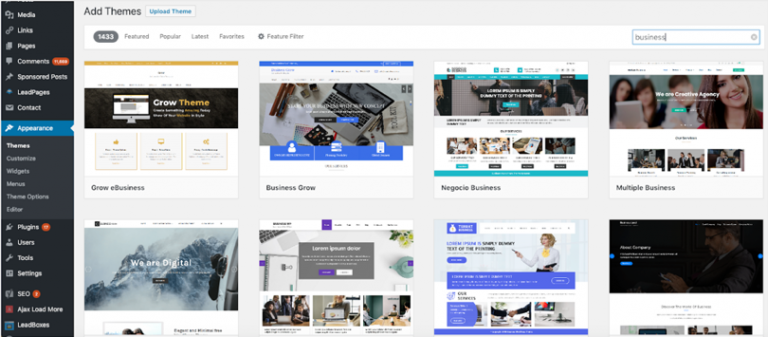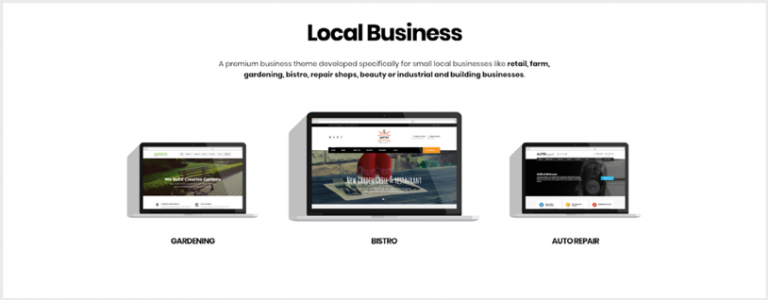
The time for digital lethargy has passed…
If you run a small business, you NEED an online presence.
It’s as simple as that.
Today’s consumers—your customers—have a certain expectation for the availability of information.
They want to unlock their smartphone, type a query or business name into Google, and decide whether or not they want to buy from you all before you even know who they are.
If your website doesn’t show up when they go through this process then they will happily go and buy what they need from your competitor.
Sound scary and intimidating?
That’s ok… the good news is that starting a website isn’t all that hard to do. In fact, I’m confident that almost any small business owner could have their very own website up and running within 24 hours by using this guide. So let’s get into it.
Where do I even start?
Perhaps the biggest hurdle for small business owners when it comes to starting a website is the sheer amount of misleading information available online.
A complex web of competing priorities and biased advice makes it hard to know where to start and which path is going to be best for your business.
You’ve got drag-and-drop website builders, development and design agencies, website software solutions, and an array of other businesses who have a hidden agenda when it comes to helping you get your website up and running.
The truth is, most of these options will be expensive and offer very little, if any, additional functionality and value to the solution I’m about to talk about below.
Especially when it comes to website builders, such as Wix or Weebly, they tend to be quite restrictive in what you can do. And don’t get me started with design and development agencies, for the most part, they are charging a huge fee for something that is painfully simple to do.
So, instead of wasting a ton of time, money, and effort just to end up with something you’re only partly happy with, consider building your website with WordPress.
Why WordPress?
The beauty of WordPress is that it is extremely user-friendly and easy to use, plus, it is customizable to suit businesses of all shapes and sizes. (This website is built using WordPress)
This reason, as well as the fact that WordPress is a free platform, is why it is miles ahead of the pack in terms of worldwide usage, making up over 50% of all websites that use a content management system:
Image Source: BuiltWith
How much does it cost to run a WordPress website?
Yes, WordPress itself is a free platform. But there are costs associated with starting and maintaining a website.
The costs you need to consider include:
- Your domain name.
- Website hosting service – a company that stores the backend data of your website and enables it to go live.
- The “Theme” of your website – how it looks.
- Marketing costs for attracting people to your website.
- Operational costs and fees if you plan on selling products on your website.
A small business WordPress website can cost anywhere from $100 to $1,000+ to launch and run each year, but if you know what to look for you can get a great outcome much closer to the low-end.
How to start a WordPress website at low cost
Ready to get started with WordPress for your small business website?
Here is a simple step-by-step process for what you’ll need to do:
Step 1 – Secure your domain name
Your domain name is the URL that people will use to access your website. Something like “mysmallbusiness.com.”
Owning a domain name is a critical part of the experience your potential customers will have with your business online. It is much more professional than having a generic domain name that is associated with a free website builder.
When you are choosing a domain name consider three things:
- It’s short.
- It’s memorable.
- It’s on-brand.
Imagine if Apple had the domain name “computersandphonesonline.com”… it just wouldn’t work, would it?
Most hosting providers (which I’ll get to in a moment) allow you to purchase a domain name from their repository, and unless you want something super-generic, like “Apple.com” you’ll be able to secure a domain name for about $10-20 a year.
Step 2 – Compare and choose a hosting provider
As I mentioned previously, your web host is a company that stores the backend data of your website and enables it to go live. All of your website files, photos, content, and other information is “hosted” in a database.
The problem with choosing a hosting provider is that there are literally thousands of them, so it can all be a bit confusing and overwhelming.
Each small business that is looking to build a web presence will have unique needs, so it’s best to think about what you care about most.
Typically, there are three key criteria that you would use to decide which web host is right for you:
- Price– How much are you willing to spend?
- Functionality – What features and functionality are most important to you?
- User Feedback– Are other people happy with the hosting service you have chosen?
The easiest way to find a web host that suits your needs is to use HostAdvice.com. HostAdvice provides an extensive database of hosting providers, which you can search and compare based on price, functionality, user feedback, and tons more.
For example, you can use their quick link menu to see the best hosting services for WordPress or Small Businesses:
Then, you can use the powerful search filters to find the best web hosts by Price, Disk Space, Server Location, and an array of other factors:
When you narrow your hosting selections down to a few options, you can use HostAdvice’s comparison table to see all of the features side-by-side:
Then, as a final piece of due diligence, you can dive deeper into the hundreds of user reviews for each hosting service:
The great thing about most hosting providers is that they will offer free guidance on buying a domain name and getting your WordPress website setup. Bonus!
Click here to read more on web hosting providers
Step 3 – Pick a theme and customize your design
Ok, great, you’ve got a domain name and a web host… What next?
Well, at this point your website will look much like a blank canvas. So you need to use what is called a “Theme” to design its look and feel. WordPress Themes are essentially a template or structure that sets up your website and makes it easier to work with.
There are over a thousand free themes in the WordPress Theme Directory, which you can see here:
Of course, if you’re looking for something a bit more custom, on-brand, and flexible for your unique business, then you can buy themes from third-party websites and install them via your WordPress dashboard.
One example of a theme provider is ThemeForest. ThemeForest has over 44,000 WordPress themes starting from as little as $2. The value in buying a theme, rather than using a free option, is that the theme creator will typically offer support and guidance on how you can set your theme up and replicate popular design looks. For example, this preview of a theme shows you what it could potentially look like for different business types:
Once you’ve picked a theme, you can customize its look from in your WordPress dashboard using the theme’s installation instructions.
Wrapping up
There you have it, a simple 3-step process for starting a small business website with WordPress.
What’s holding you back from ramping up your digital presence?
Your customers are waiting…



